The Craft Coffee Industry vs. Starbucks: A Brewing Competition
In the world of coffee, two distinct categories dominate the landscape: the giant global powerhouse, Starbucks, and the rapidly growing craft coffee industry. As coffee enthusiasts seek unique flavors and artisanal experiences, the performance and future of these two sectors offer fascinating insights into changing consumer preferences.
Starbucks: The Global Coffee King
Founded in 1971, Starbucks has become synonymous with coffee culture worldwide. With thousands of locations across the globe, Starbucks commands a significant market share and has established itself as a household name. Its standardized approach, consistent quality, and extensive menu make it a go-to option for millions.
In recent years, Starbucks has continued to perform well financially, reporting steady growth in revenue and store expansion. Their innovation in product offerings, including cold brews, plant-based options, and seasonal specials, keeps customers coming back.
The Rise of the Craft Coffee Industry
Meanwhile, the craft coffee industry has exploded in popularity, driven by a consumer shift toward artisanal, ethical, and locally sourced products. Independent coffee shops, specialty roasters, and third-wave coffee movements emphasize quality, unique brewing techniques, and storytelling behind the beans.
While the craft coffee sector may not match Starbucks's vast scale, it has shown impressive resilience and growth. In the U.S., the specialty coffee segment has been posting annual growth rates of around 15%, outpacing the overall coffee market. Consumers increasingly seek personalized experiences, single-origin beans, and sustainable practices—areas where craft coffee excels.
Performance Comparison
Market Share & Revenue: Starbucks still holds a commanding share of the market, generating over $26 billion annually. The craft coffee segment is smaller but has seen rapid growth, with many independent shops opening and thriving.
Consumer Trends: Younger consumers, particularly Millennials and Gen Z, are driving demand for craft coffee, valuing authenticity and ethical sourcing. Starbucks is adapting by introducing more specialty options, but craft brands often lead with storytelling and community engagement.
Resilience & Challenges: During economic downturns, craft coffee shops sometimes struggle due to higher price points and smaller economies of scale. However, their strong loyalty and unique appeal help them maintain performance. Starbucks benefits from brand strength and operational efficiency but faces increasing competition from a burgeoning craft scene.
Looking Ahead
Both sectors are poised for continued growth, but their paths may diverge. Starbucks is evolving by expanding into premium and specialty beverages, while the craft coffee industry focuses on maintaining authenticity, quality, and community connections. The competition pushes both to innovate, ultimately benefitting consumers with a broader array of choices.
Conclusion
While Starbucks remains the dominant juggernaut in the global coffee market, the craft coffee industry is carving out a significant and growing niche. As consumer tastes diversify, the competition between these two forces will shape the future of coffee consumption—one brewed with scale, and the other with passion.


